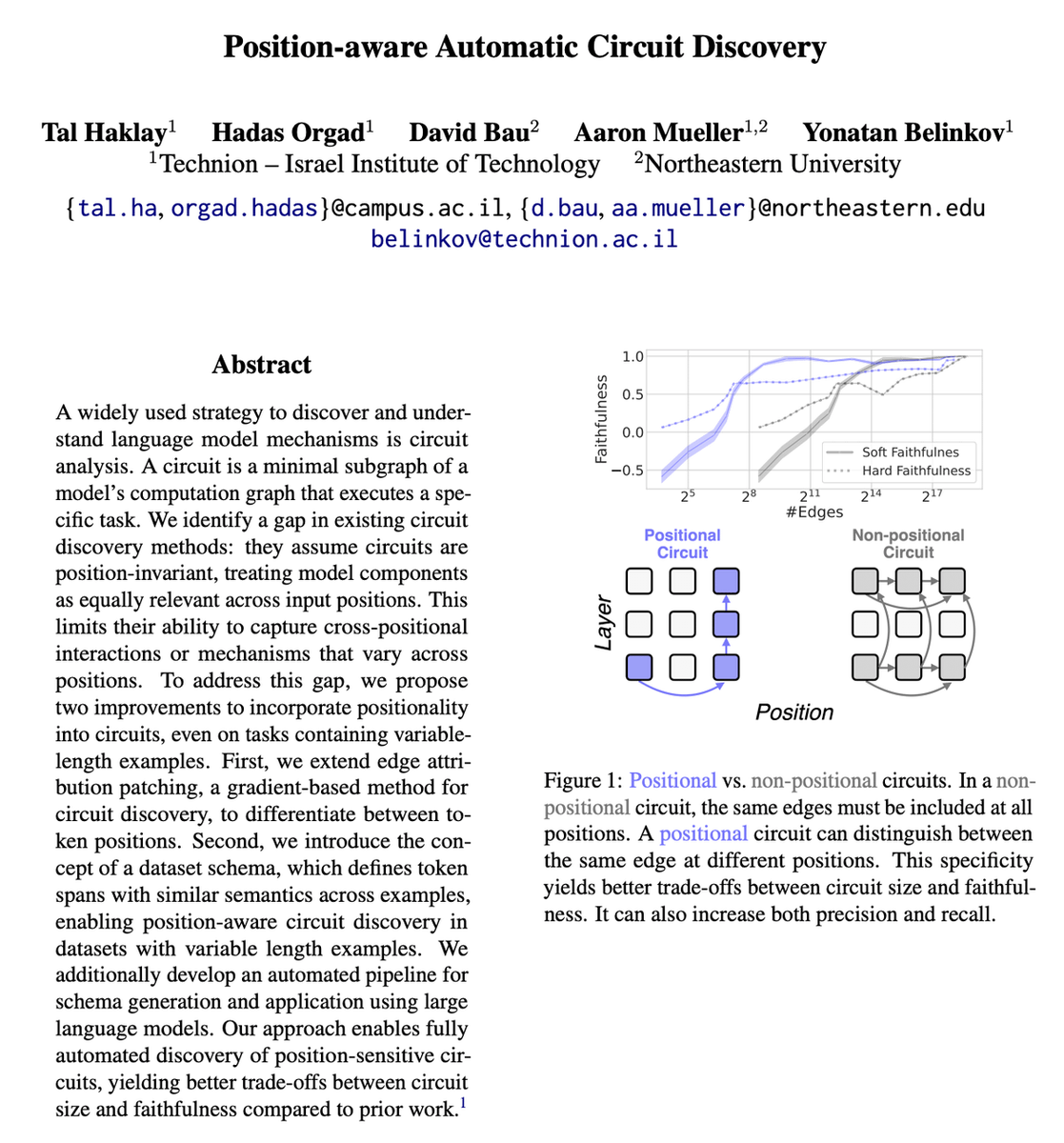
Michael Hanna
@michaelwhanna
PhD student at the University of Amsterdam / ILLC, interested in computational linguistics and (mechanistic) interpretability
ID: 1163241332904800262
http://hannamw.github.io 19-08-2019 00:08:47
52 Tweet
404 Followers
382 Following



I'll be presenting this in person at NAACL HLT 2025, tomorrow at 11am in Ballroom C! Come on by - I'd love to chat with folks about this and all things interp / cog sci!








